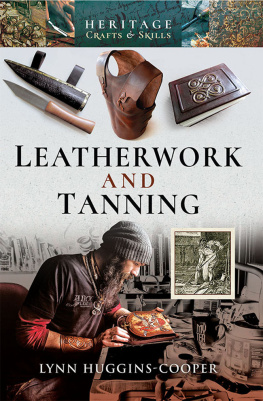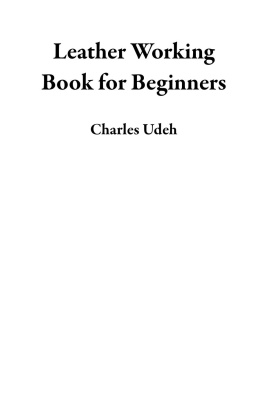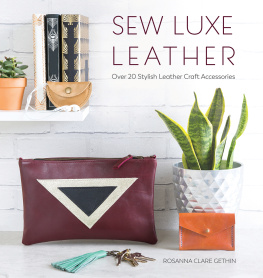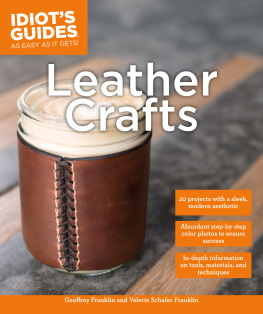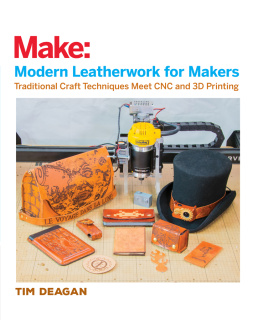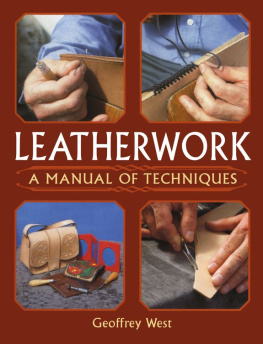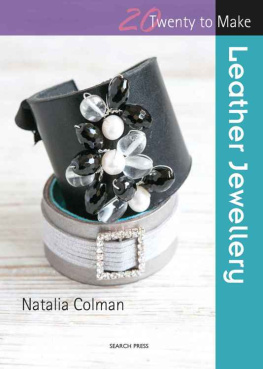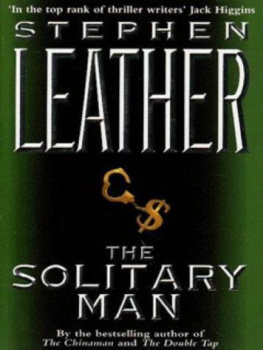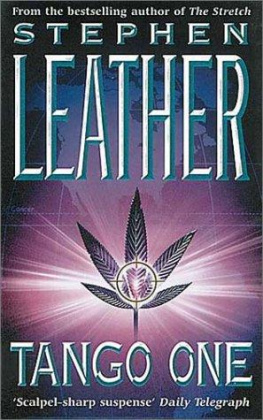Pagebreaks of the print version
Leatherwork and Tanning
Leatherwork and Tanning
by
Lynn Huggins-Cooper
First published in Great Britain in 2018 by
Pen & Sword History
An imprint of
Pen & Sword Books Ltd
Yorkshire Philadelphia
Copyright Lynn Huggins-Cooper
ISBN 978 1 52672 448 9
eISBN 978 1 52672 449 6
Mobi ISBN 978 1 52672 450 2
The right of Lynn Huggins-Cooper to be identified as Author of this work has been asserted by her in accordance with the Copyright, Designs and Patents Act 1988.
A CIP catalogue record for this book is available from the British Library.
All rights reserved. No part of this book may be reproduced or transmitted in any form or by any means, electronic or mechanical including photocopying, recording or by any information storage and retrieval system, without permission from the Publisher in writing.
Pen & Sword Books Limited incorporates the imprints of Atlas, Archaeology, Aviation, Discovery, Family History, Fiction, History, Maritime, Military, Military Classics, Politics, Select, Transport, True Crime, Air World, Frontline Publishing, Leo Cooper, Remember When, Seaforth Publishing, The Praetorian Press, Wharncliffe Local History, Wharncliffe Transport, Wharncliffe True Crime and White Owl.
For a complete list of Pen & Sword titles please contact
PEN & SWORD BOOKS LIMITED
47 Church Street, Barnsley, South Yorkshire, S70 2AS, England
E-mail:
Website: www.pen-and-sword.co.uk
Or
PEN AND SWORD BOOKS
1950 Lawrence Rd, Havertown, PA 19083, USA
E-mail:
Website: www.penandswordbooks.com
Introduction to Heritage Crafts
H eritage crafts are a part of what makes us who we are; part of the glue that has held families and communities together for centuries. That jumper your nanna knitted? A heritage craft. The willow basket made by your auntie? A heritage craft. Grandpas hand turned pipe? Again, a heritage craft. These traditional crafts have been carried out for centuries, often handed down through families with a child learning the craft at a parents knee. Heritage crafts are those traditional crafts that are a part of the customs and cultural heritage of the areas where they begin. A heritage craft is:
a practice which employs manual dexterity and skill and an understanding of traditional materials, design and techniques, and which has been practised for two or more successive generations.
Radcliffe Red List of Endangered Crafts Report, Heritage Crafts Association 2017
Heritage crafts are in trouble. The Heritage Crafts Association commissioned research into endangered crafts, supported by The Radcliffe Trust ( http://theradcliffetrust.org/ ). The results make sobering reading. Greta Bertram, Secretary of the Heritage Crafts Association who led the research said:
The Radcliffe Red List of Endangered Crafts is the first research of its kind in the UK. Were all familiar with the idea of a red list of endangered species, but this is the first time the methodology has been applied to our intangible craft heritage. While some crafts are indeed thriving, the research has shown that all crafts, and not just those identified as critically endangered, face a wide range of challenges to their long-term survival. When any craft is down to the last few makers it has to be considered at risk as an unpredicted twist of fate can come at any time.
Some of the heritage crafts identified in the report are teetering on the brink of disaster, and could be lost during this generation. One hundred and sixty-nine crafts were surveyed and allocated a status of currently viable, endangered, critically endangered or extinct. The survey team spoke to craft organisations and craftspeople, heritage professionals and funding bodies, as well as members of the public.
Four crafts surveyed were seen as already extinct, having been lost in the last ten years: riddle and sieve making, cricket ball making, gold beating and lacrosse stick making.
Ian Keys, Chair of the Heritage Crafts Association, said:
We would like to see the Government recognise the importance of traditional craft skills as part of our cultural heritage, and take action to ensure they are passed on to the next generation. Craft skills today are in the same position that historic buildings were a hundred years ago but we now recognise the importance of old buildings as part of our heritage, and its time for us to join the rest of the world and recognise that these living cultural traditions are just as important and need safeguarding too.
An alarming seventeen more crafts are seen by the report as critically endangered and at serious risk. There are few artisans practising the crafts sometimes there are just one or two businesses operating and there are few or no trainees learning the craft anew as apprentices. So why do we find ourselves in this situation? At a time when a huge variety of crafts enjoyed as a hobby is booming and craft fairs pop up in every community centre, village hall and historic estate, it seems odd that traditional crafts are dying out. So why is there a problem?
The study found that for some of the endangered crafts, there was an ageing workforce with nobody young training, waiting in the wings to take over. For others, there were found to be few training courses, even if there were potential trainees. For some traditional crafters the problem was found to be a variety of economic factors. Cheap competing crafts from overseas have flooded the market and there is often an unwillingness on the part of the public to pay a fair price for items handmade in Britain, despite the craftsmanship involved and the high quality of products. Of course, most traditional craftspeople are running micro-businesses and it is increasingly difficult to run a small business in Britain with an increase in paperwork, red tape, rules and regulations. Add to this the quantity of bureaucratic tasks and marketing necessary for self-employment and that leaves scant time for honing and practising an artisanal craft.
Three crafts that are part of the leather making and tanning industry have been identified as critically endangered: tanning with oak bark, parchment and vellum making, and collar making for heavy horses and harness driving. Critical status means, according to the study, that there is a shrinking number of craftspeople carrying out the craft and that there are limited training opportunities for those wanting to enter the craft. It means that entering the craft has limited financial viability. Today, for example, oak bark tanning by hand on an industrial scale is only carried out by one producer in Britain: J. and F.J. Baker and Co. Ltd in Devon. Despite producing finer, stronger leather than chemical production, such as chrome tanning, this mode of production is expensive due to the time taken and is only used for high-end products; rightly so, as the process of tanning is a slow, meditative process. The bark itself is dried for two to three years before being crushed for use and the entire process of oak bark tanning may take up to fourteen months.
The future of heritage crafts is threatened in Great Britain. Action needs to be taken now to reverse the trend and ensure that these heritage cultural traditions are not lost forever. So far, we are failing. Great Britain is one of only twenty-two countries out of 194 to not have ratified the 2003 UNESCO Convention on the Safeguarding of Intangible Cultural Heritage. This convention focuses on the non-physical aspects of heritage such as traditional festivals, oral traditions, performing arts and the knowledge and skills to produce traditional crafts. If governmental action is not taken soon, many heritage crafts will be consigned to history.

